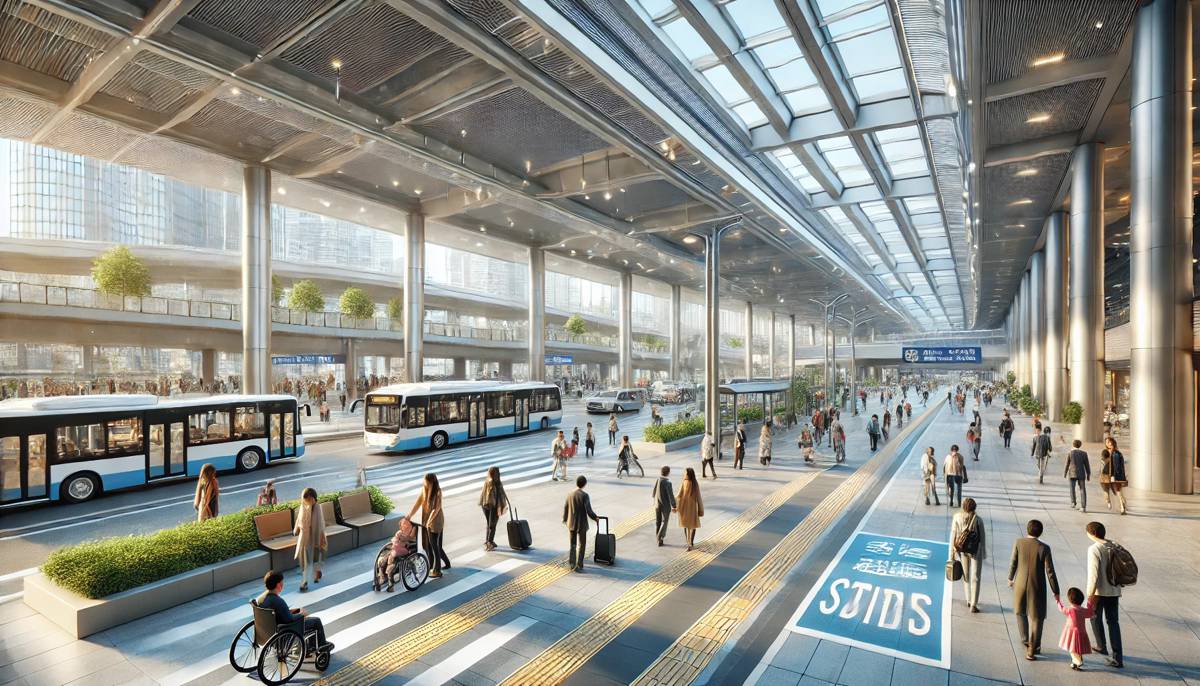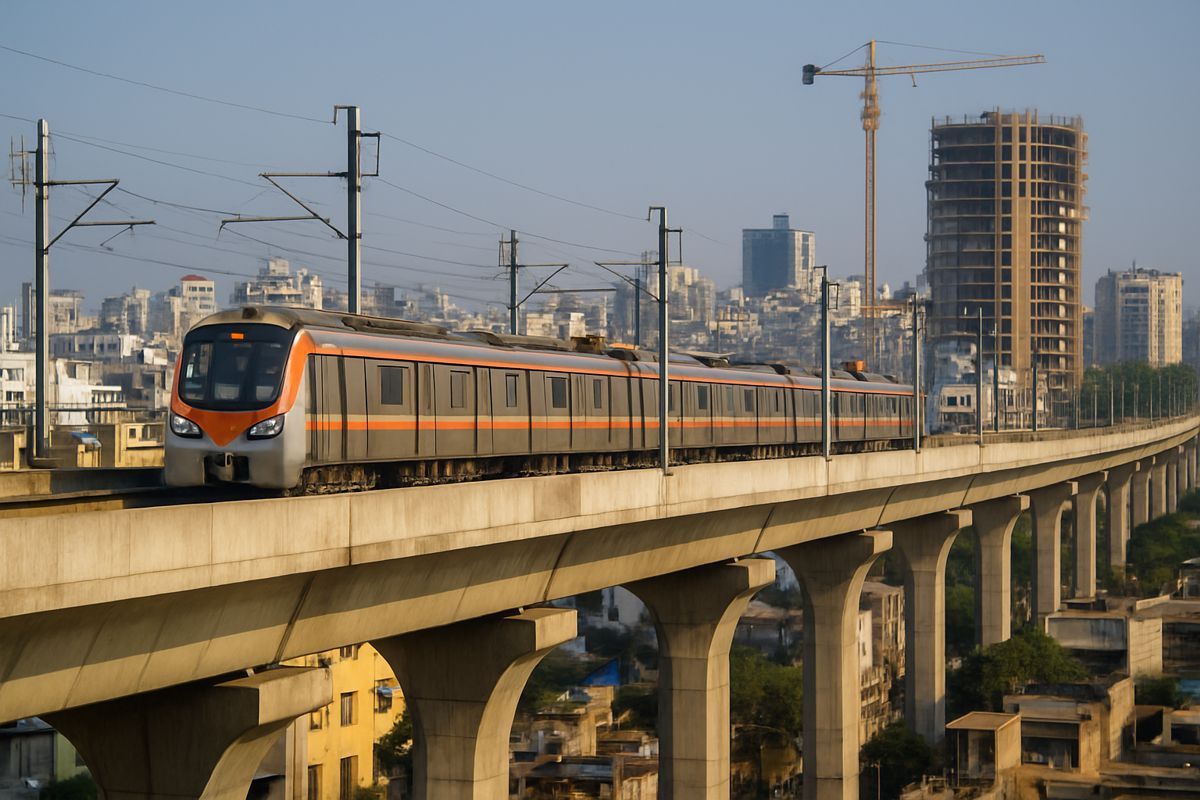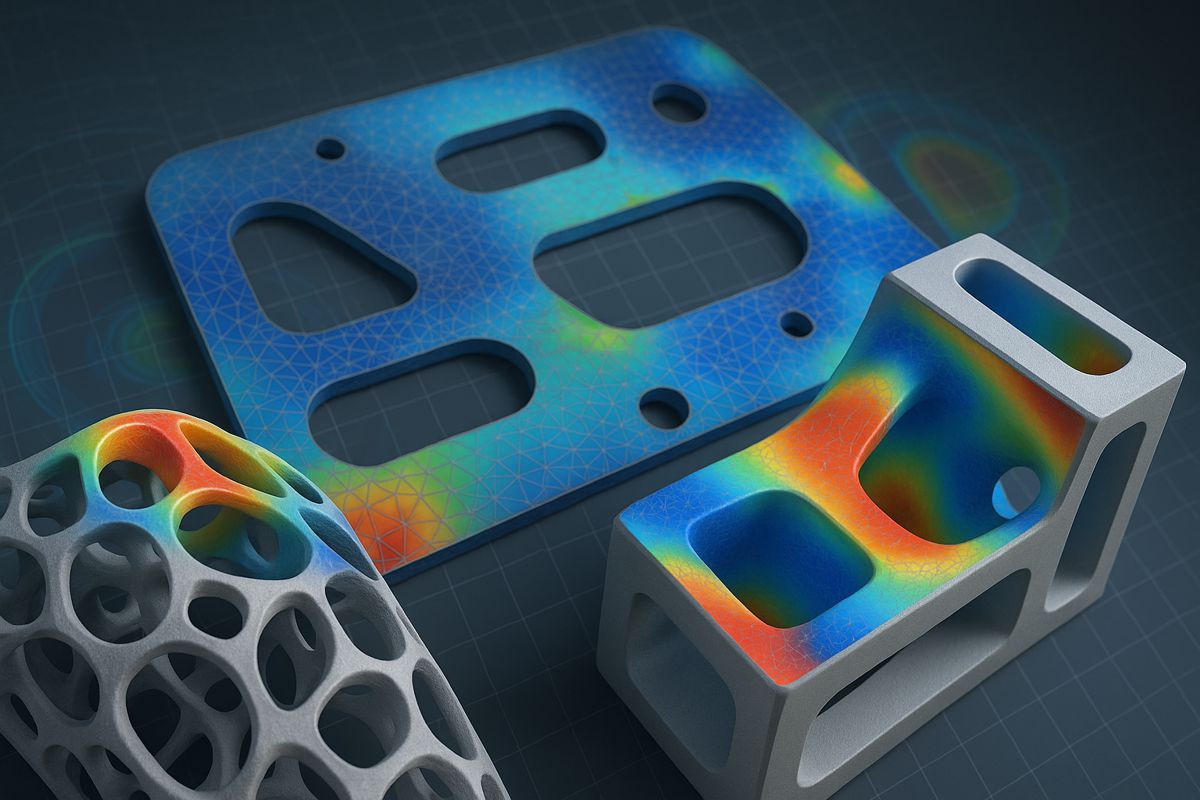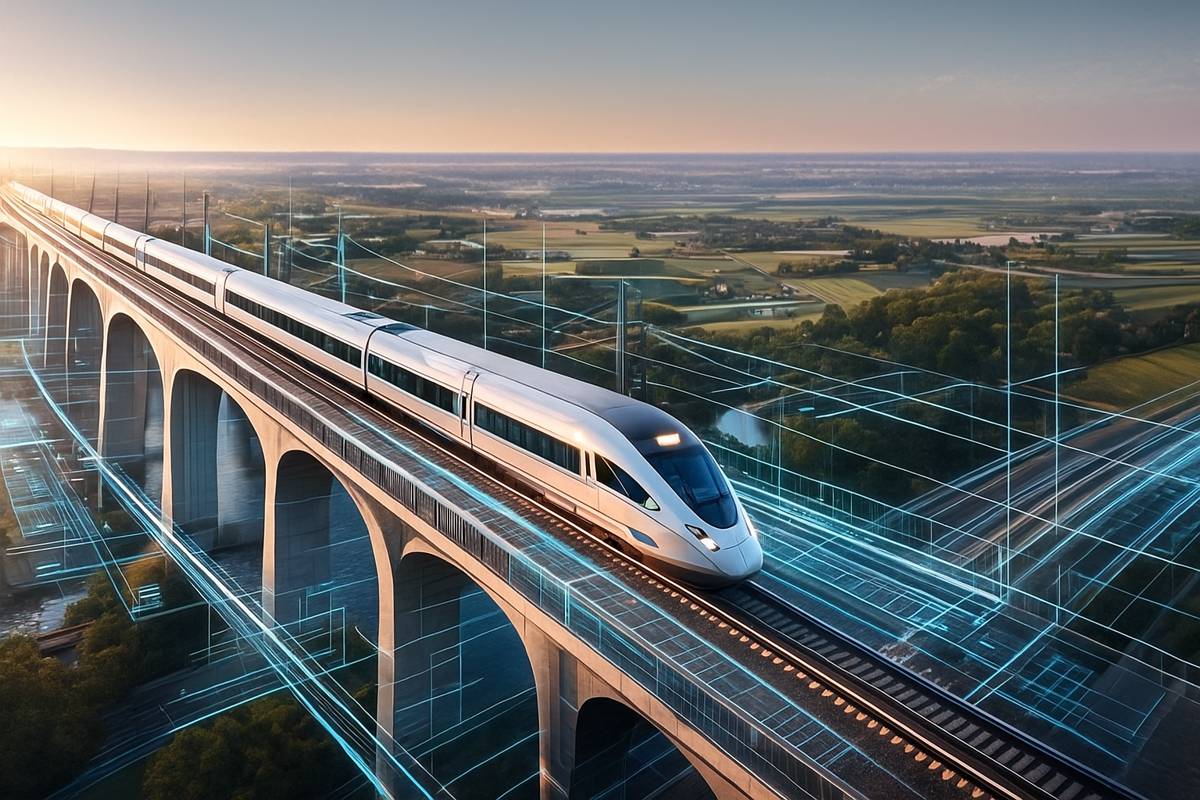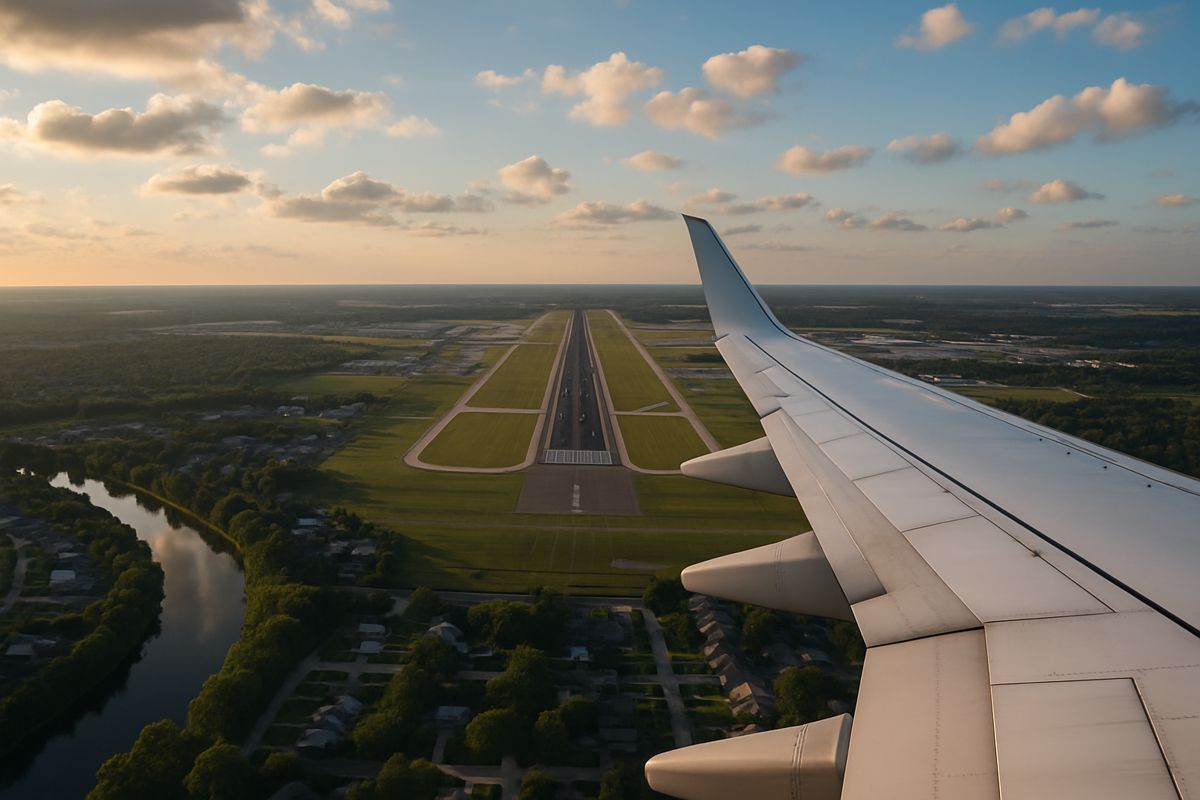Creating Safe and Accessible Public Transport Hubs with Covered Walkways
Public transport hubs are the beating heart of any city’s mobility network. They connect residents to various destinations, promote sustainability, and contribute to a vibrant urban environment.
However, poorly designed hubs can create a barrier to accessibility and safety, discouraging ridership and hindering the overall effectiveness of the public transport system. This is where well-lit covered walkways play a crucial role.
This article explores the benefits of incorporating well-lit covered walkways into public transport infrastructure. We’ll discuss how they enhance accessibility, promote safety, and ultimately contribute to a more user-friendly and efficient transportation system.
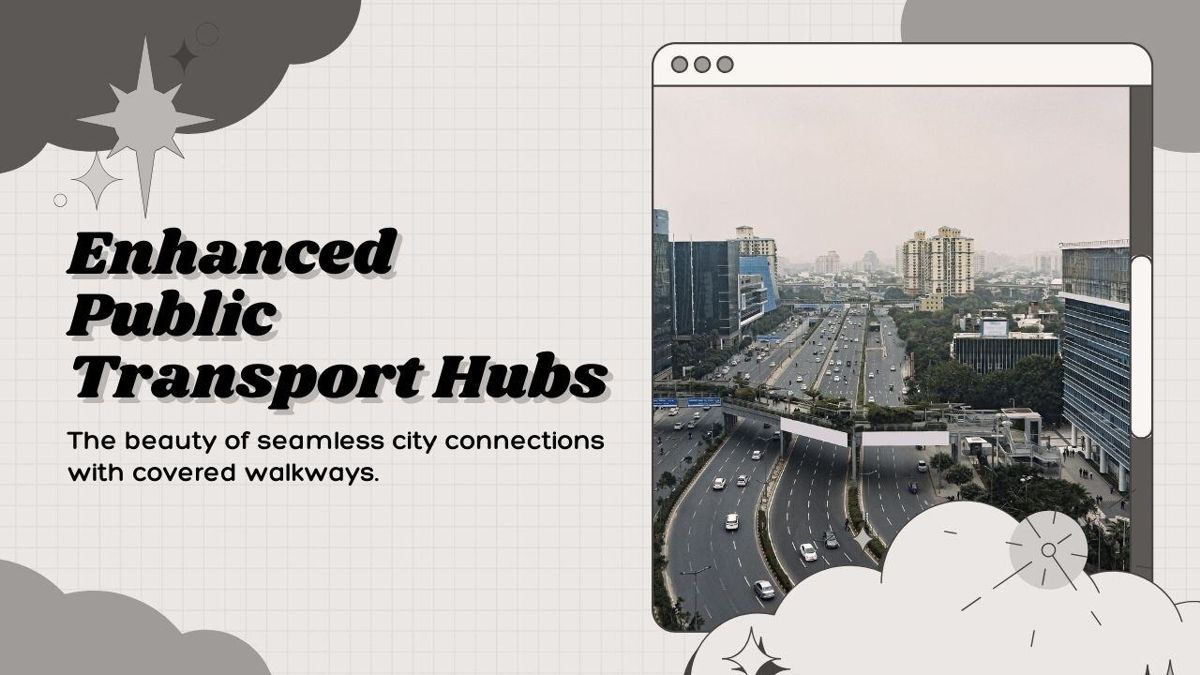
1. Enhancing Accessibility: A Seamless Journey for All
A well-designed public transport system caters to everyone, regardless of age, ability, or background. Covered walkways play a pivotal role in achieving this by:
- Providing Shelter from the Elements: Rain, snow, and scorching sun can make journeys uncomfortable and deter potential riders. Covered walkways offer protection from these elements, encouraging people to choose public transport year-round. This is particularly beneficial for parents with young children, people with disabilities, and those carrying heavy luggage.
- Creating a Level and Smooth Surface: Uneven sidewalks or cobblestones can be challenging to navigate, especially for individuals with mobility issues. Covered walkways protect the ground underneath, helping to provide a level and smooth surface. This makes walking to and from public transport stops easier and safer.
- Improving Wayfinding: Clear signage and visual cues within covered walkways can guide users towards specific bus stops, train platforms, or pedestrian exits. This simplifies navigation, especially for those unfamiliar with the hub’s layout.
Real-Life Example: The Changi Airport MRT Station in Singapore boasts a network of well-lit covered walkways that connect various terminals, car parks, and the main station building. These walkways are equipped with tactile paving for visually impaired individuals and have clear signage in multiple languages. This comprehensive design ensures a seamless and accessible experience for all travellers.
2. Promoting Safety: A Secure Environment for Everyone
Public transport hubs can be bustling and sometimes crowded spaces. Covered walkways contribute to a safer environment for users through several means:
- Improved Visibility: Well-lit covered walkways enhance visibility, both for pedestrians and security personnel. This discourages crime and creates a sense of security for users, particularly those traveling alone or during late hours. Consider installing vapor proof LED lights that require minimal maintenance, since they are less susceptible to dust build-up and are protected from the elements, ensuring optimal illumination throughout their lifespan.
- Reduced Traffic Conflict: Covered walkways physically separate pedestrians from vehicular traffic, minimizing the risk of accidents. This is especially important in areas with heavy traffic flow or complex layouts.
- Emergency Preparedness: Covered walkways can serve as designated evacuation routes in case of emergencies like fires. Additionally, they can provide a sheltered location for first responders to access injured individuals.
Real-Life Example: The King Cross Station in London underwent a major redevelopment project that included the construction of extensive covered walkways. These walkways link various transportation modes, including trains, subways, and buses. Moreover, they are equipped with emergency call points and CCTV cameras, creating a safer environment for passengers navigating the busy station.
3. Building a More User-Friendly Public Transport System
The overall user experience plays a significant role in the success of a public transport system. Covered walkways contribute to a more user-friendly environment by:
- Enhanced Comfort: Protection from the elements and a well-maintained walking surface create a more comfortable experience for passengers. This makes them more likely to choose public transport over other options, particularly for longer journeys.
- Creating a Vibrant Public Space: Covered walkways can be designed to be aesthetically pleasing and incorporate seating areas, cafes, or retail spaces. This transforms them into vibrant public spaces that encourage people to linger and interact, creating a more positive association with public transport hubs.
- Improved Air Quality: Covered walkways can act as barriers, mitigating dust and pollution from nearby traffic. This is particularly beneficial in heavily urbanized areas and contributes to a healthier environment for passengers.
Real-Life Example: The Hong Kong MTR system features numerous covered walkways that connect stations with shopping malls, office buildings, and other amenities. These walkways are often brightly lit, air-conditioned, and equipped with various amenities, making them destinations in themselves, and encouraging people to spend time within the public transport network.
The Strategy of Better Transport Hubs
Investing in well-lit covered walkways within public transport hubs is more than just an aesthetic choice; it’s a strategic decision with significant benefits. By enhancing accessibility, promoting safety, and fostering a more user-friendly environment, these walkways can play a crucial role in creating a more efficient and sustainable public transport system.
As cities continue to grow and evolve, incorporating well-designed covered walkways is an essential step towards fostering a more inclusive and vibrant urban landscape.
